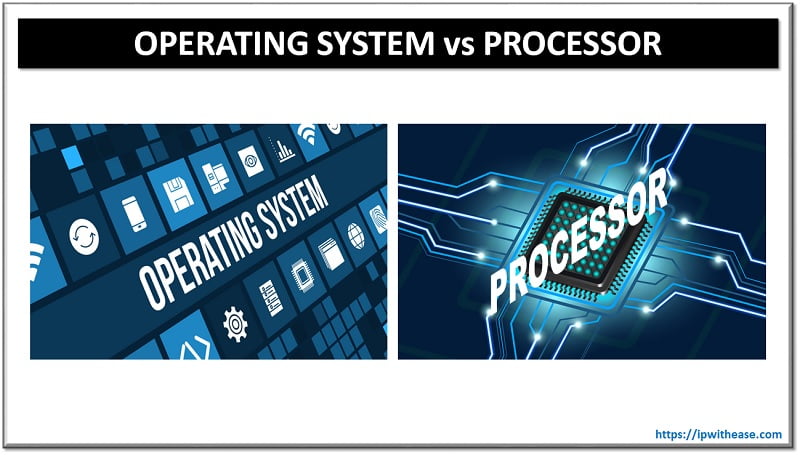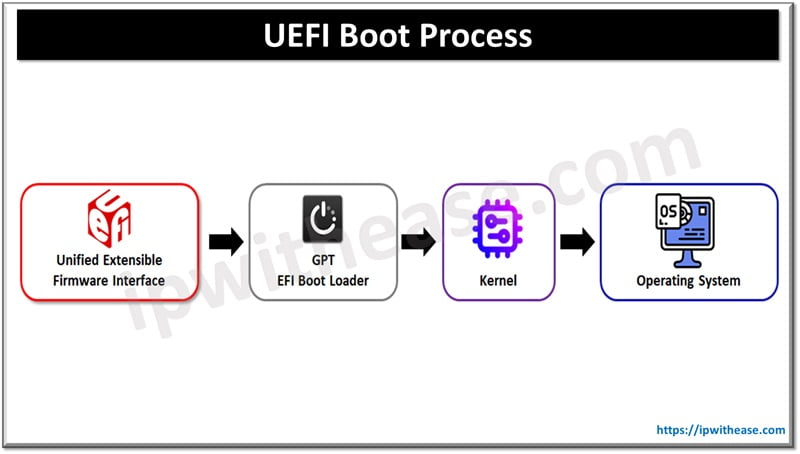Table of Contents:
In the fast-developing world of web technologies, one of the most critical tasks is to find the proper and robust framework to create engaging user interfaces. Vue.js, a progressive JavaScript framework, stands out as a leader due to its flexibility and efficiency. Integrating Vue.js into different network management tools can significantly enhance their capabilities and user interfaces.
This blog post will delve into the advantages of employing vue.js development services in network management applications, outline the steps for successful integration, and highlight best practices for maximizing the utility of this powerful tool.

Introduction to Vue.js
Simplicity, scalability, and fine-grained reactivity are the hallmarks of Vue.js. It allows developers to build reactive and dynamic user interfaces with little hassle. When it comes to the tools of network management that ask for fast data updates and immediate reaction, Vue.js can be revolutionary. With Vue.js, developers can create efficient and reactive applications that will make network monitoring and configuration tasks more effective and user-friendly. When you need to upgrade your network tools and give them advanced UI capabilities, the services of Vue.js development could be your first step towards improvement.
Vue.js in Network Management Tools Development.
Network management tools are indispensable for monitoring, configuring, and diagnosing network elements. They should be reliable, effective, and easy to use for efficient network management. Vue.js integration with these tools can fundamentally boost their productivity and user optics.
Real-time Data Handling
Monitoring network performance and metrics in real-time is one of the critical attributes of network management tools. Vue.js’s reactive data-binding nature enables the UI to reflect any changes of the network state as they happen without the need for a page reload. Thus, Vue.js is a perfect solution for developing live network status dashboards and alert systems.
Modular Development
Vue.js promotes a component-oriented architecture that fits ideally into the modular structure of network management tools. By splitting the application into smaller, reusable components, developers can improve maintainability, simplify testing, and speed development cycles. Furthermore, such a modular approach facilitates the flexibility and scalability of network management tools for different sizes of networks or needs.
User Interface and Experience
User interface design is a critical issue for network management tools since it determines how effective they will be for network administrators. Vue.js provides a wide variety of UI components and libraries, making it possible for developers to design attractive and friendly interfaces. The flexibility of Vue.js makes it possible to develop both simple and complex user interfaces, providing for various network management application needs.
Procedures for Vue.js Integration with Network Management Tools
Integrating Vue.js into your network management tools involves several key steps:
- Assessment and Planning: Start by evaluating the architecture of your current network management tool and UI requirements. Design the integration by determining which parts would be most responsive if used with Vue.js.
- Environment Setup: Develop a development environment for Vue.js. This involves setting up Node.js, Vue CLI, and other essential tools and libraries.
- Component Development: Begin by creating Vue.js components for tool sections that need dynamic interaction, such as real-time charts, forms, and dashboards.
- Integration: Implement the created Vue.js components within the current network management tool. This may require some changes in a few places of the tool to work properly with the Vue.js components.
- Testing and Optimization: Test the upgraded tool completely for performance, usability, and compatibility. Make the Vue.js components and their integration as efficient and responsive as possible.
- Deployment: Once the tool is tested and optimized, deploy the updated version of it. Assess its performance and user comments to reveal areas for improvement.
Conclusion
The inclusion of Vue.js into network management tools significantly improves their functionality, user experience, and performance. The reactivity, component-based architecture, and inter-operation-friendly character of Vue.js make it a perfect candidate for developing modern and efficiently working network management interfaces.
If the developers follow the steps and best practices provided, they can use Vue.js to modernize their network management tools. As a result, the network administration will be more effective and efficient. The continuously evolving digital landscape dictates following modern frameworks like Vue.js as the actual game in network management.
Continue Reading:
The Future of Node.js: Unveiling the Path Ahead
ABOUT THE AUTHOR
IPwithease is aimed at sharing knowledge across varied domains like Network, Security, Virtualization, Software, Wireless, etc.



